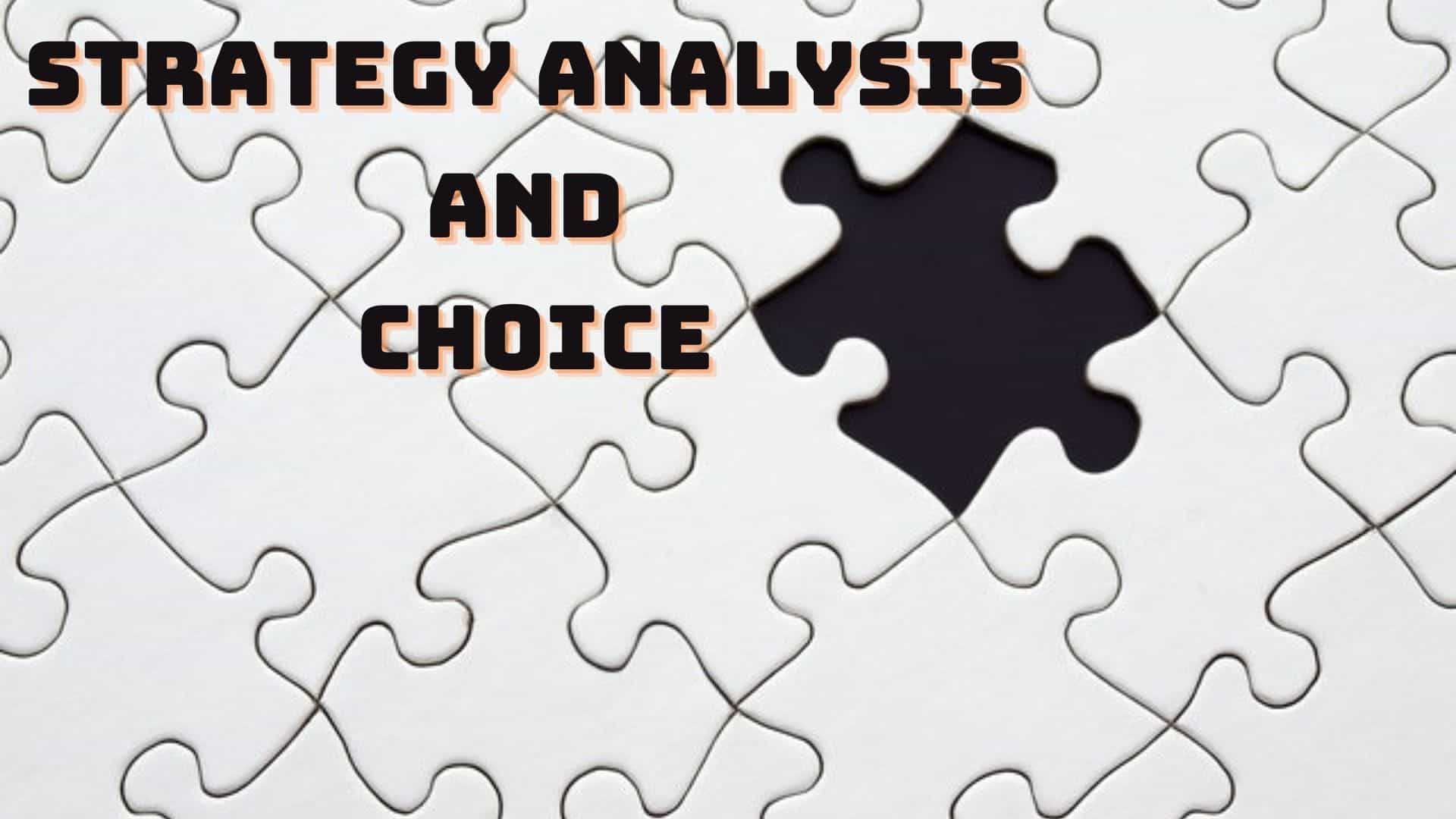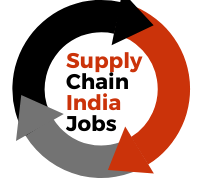
Strategy Analysis and Choice
Many organizations devote a lot of time and effort in building strategies. Typically, there are a number of different approaches or strategies that the organization can follow. What is strategy analysis and choice? But how to make the best choice? Do you believe in intuition or take an objective approach? How does this work, especially when different strategies have different influences? Let us try to get the answers in this article.
See Also :
- Procurement Price Tracker that can monitor 4.3 billion prices
- History and Possible Forms Of Transportation
- How Chat GPT Can Be Used To Optimize Supply Chain Management
- Refrigerated trucks – All you need to know
- What is Digital Supply Chain Management?
Basically the Strategic Analysis and Choices determine the best alternative actions in achieving missions and objectives by utilizing the evaluation of vision, mission, objectives, internal assessments, and external assessments.
The Process of Creating and Choosing Strategies
The Process of Strategic Analysis and Choices should involve managers and employees who previously had a role in the formulation of vision and mission, conducting internal assessments and external assessments. Participation of all representatives provide opportunities for better understanding of the company’s strategy and are fully committed to it.
A typical company will have or will follow the three-level governance model, which:
- Corporate level; including general administrators.
- Divisional level; including department managers
- Functional level; are those who perform,
Important strategy formulation techniques can be integrated into the framework of 3-stage decision making, namely the input stage, matching stage, and decision stage.
The Input Stage is a stage of summarizing the basic input information needed in the formulation of the
The Matching Stage is a stage in producing a viable alternative strategy by combining external and internal factors. This second phase includes the SWOT matrix, Space, BCG, IE, and Grand Strategy..
Matrix SWOT
In this matrix there are 4 strategies that can be developed, namely:
- SO (Strengths Opportunities) strategy leverages internal forces to attract profits from external opportunities
- WO (Weakness Opportunities) strategy aims to correct internal weaknesses by utilizing external opportunities
- ST (Strengths Threats) strategy uses internal forces to avoid external threats
- WT (Weakness Threats) strategy is a defensive tactic directed at reducing internal weaknesses and avoiding external threats
Matrix SPACE
It consists of a four-quadrant framework where each quadrant indicates whether an aggressive, conservative, defensive, or competing strategy can be implemented within an organization.
SPACE matrix axis shows two internal dimensions namely financial strength (FS) and competitive advantage (CA) as well as two external dimensions namely environmental stability (ES) and industrial strength (IS).
Matrix BCG
Graphically, it is an illustration of the deviation of relative market share with the growth rate of the industry. So that with this matrix an organization is able to manage its business portfolio by observing market share
Quadrant 1 (Question Mark) has a relatively low market share position but competes in industries with high growth rates
Quadrant 2 (Star) describes long-term growth and profitability opportunities
Quadrant 3 (Cash Cow) is a position where market share is relatively high but with low industry growth.
Quadrant 4 (Dog) is the weakest position because it is at a low market share and competes in industries that grow slowly or do not develop at all.
Internal-External Matrix (IE Matrix)
Matrix is similar to BCG matrix based on two key dimensions: the total IFE weight score on the X axis and the total EFE weight score on the Y axis.
EFE Matrix
EFE Matrix or External Factor Evaluation Matrix – A matrix that evaluates external factors is a model commonly used in strategic governance to assess external factors related to organizations and companies to make accurate strategic decisions.
The EFE matrix model typically has 4 vertical columns and a horizontal column number depending on the need. The first column divided into two main problem groups is:
>>Opportunities
>>Threats
IFE Matrix
IFE matrix or Internal Factor Evaluation Matrix – Matrix evaluates the internal factors that are commonly used in strategic management to measure and evaluate internal factors.
This matrix model usually has 4 vertical columns and the number of horizontal columns depending on the need. The first column divided into two main problem groups is:
>>Internal strength
>>Internal weaknesses
Matrix Grand Strategy
Matrix is based on two evaluative dimensions, namely competitive position and market growth (industry). The Matrix depends on information at the input stage to combine internal opportunities and external threats. Matrix Grand Strategy has four quadrants. The right strategies for companies to consider are listed in the order of attractiveness lists in each quadrant in the matrix.
Quadrant 1 organization able to take advantage of external opportunities
Quadrant 2 is in a position where market growth is so fast that intensive strategies are the first option to consider
Quadrant 3 competes on slow market growth and has a weak competitive position
Quadrant 4 is in a strong competitive position but is in an industry with slow growth.
The third stage is the decision stage using one technique, Quantitative Strategic Planning Matrix (QSPM).
Quantitative Strategic Planning Matrix (QSPM)
The purpose of this technique is to identify good alternative strategies by determining the effectiveness of various strategies based on the ability to take external and internal opportunities.
The Quantitative Strategic Planning Matrix (QSPM) helps you solve this question. It gives you a systematic approach to evaluating different strategies and deciding which one best suits the organization. The tool was developed by Fred R. David and first published in the Long Range Planning Journal in 1986.
QSPM is based on three main inputs:
>Key success factors of the business unit.
>The relative importance of each element of success matters.
>How you evaluate a specific strategy by each success factor.
This input is used to assess the relative attractiveness of different strategies. It is expressed as a number, “Total attractions”. The higher the score, the more attractive the strategy.
Share this article with colleagues, if you find it helpful!
Health Tips – How to boost your Immunity
Search Jobs – CLICK HERE
See Also :
- How to Write a Supply Chain Resume Objective in 4 Steps
- Supply Chain Manager Interview questions and answers
- Are you ready to apply if you find your dream job today?
- What is Just in Time manufacturing (JIT)?
- Phrases To Sound More Confident In Interviews
- Procurement Price Tracker that can monitor 4.3 billion prices
- Nailing Your Niche
- Select A Career Based On Your Zodiac And Supporting Planets
- 12 Important Interview Questions to Prepare for Campus Placements
- Power of AI in Optimizing Supply Chain Operations
